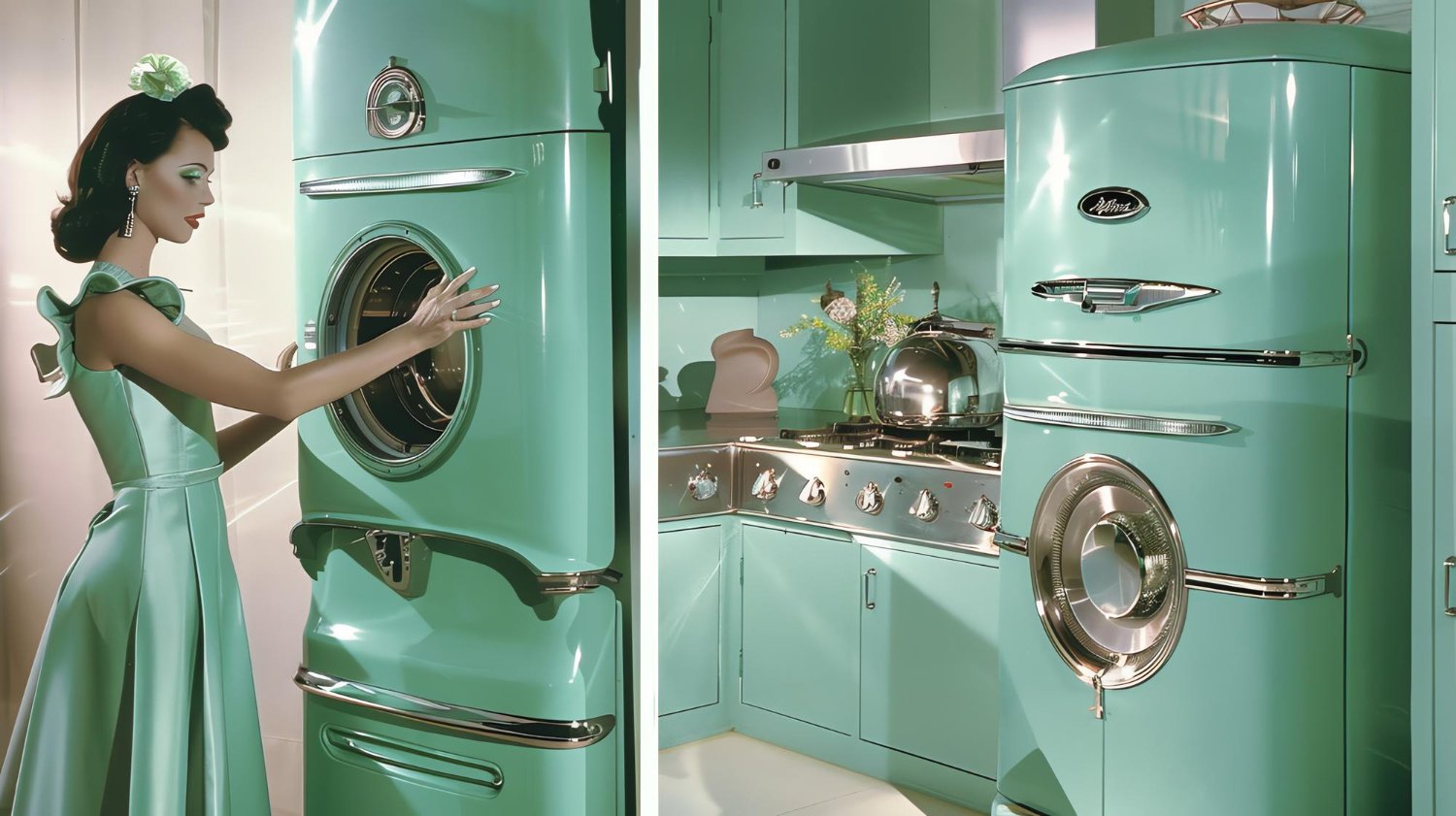
In the quest to create the perfect home appliance, the gear mechanism is one of the most significant yet often overlooked components. Gears play a major role in the functionality of various home appliances, from washing machines to refrigerators, and their design significantly impacts the noise levels and energy efficiency of these devices. This article explains the intricacies of gear design, focusing on achieving silent and efficient home appliances.
Gears are mechanical components with toothed wheels that mesh together to transmit torque and rotational motion. They come in various types, including spur gears, helical gears, bevel gears, and worm gears, each with unique characteristics suitable for different applications.
One of the primary concerns in home appliance design is noise. Unwanted noise can be a significant source of discomfort and dissatisfaction for users. To address this, engineers focus on several aspects of gear design:
The shape of the gear teeth, known as the tooth profile, is crucial for smooth and quiet operation. Involute tooth profiles are commonly used because they provide a constant velocity ratio and smooth engagement. Modifying the tooth profile to include features like tip relief can reduce the impact forces between teeth, hence lowering noise levels.
The choice of material for gears affects both noise and efficiency. Metallic gears, such as those made from steel or brass, are durable but can generate significant noise. Polymer gears, on the other hand, are quieter due to their inherent damping properties. Advanced materials like composite gears offer a balance between strength and noise reduction.
Precision in gear manufacturing is paramount to reducing noise. Imperfections in tooth geometry, such as runout or pitch errors, can lead to vibrations and noise during operation. High-precision manufacturing techniques, including CNC machining and grinding, ensure tight tolerances and smooth gear meshing.
Proper lubrication minimizes friction and wear, leading to quieter gear operation. Lubricants with high film strength and good viscosity characteristics are preferred. In some cases, solid lubricants like PTFE or graphite can be added to the gear material to enhance noise reduction.
Helical gears, with their angled teeth, provide smoother and quieter operation compared to spur gears. The gradual engagement of teeth in helical gears reduces impact forces and vibrations. However, they generate axial thrust, which must be managed through appropriate bearing selection and housing design.
Efficiency in gear design leads to lower energy consumption and efficient performance of home appliances. Key factors influencing gear efficiency include:
Selecting the appropriate gear ratio is important for balancing torque and speed requirements. Overly high gear ratios can lead to energy losses, while too low ratios may not provide the necessary torque. For specific applications, engineers use simulations and calculations to determine the optimal gear ratio.
Friction between gear teeth leads to energy losses in the form of heat. Advanced surface treatments, such as nitriding or DLC (Diamond-Like Carbon) coatings, can reduce friction and improve efficiency. Additionally, using high-quality lubricants with low friction coefficients helps maintain smooth gear operation.
Reducing the weight of gears and associated components lowers the overall inertia, leading to improved energy efficiency. Lightweight materials like high-strength polymers and aluminium alloys are increasingly used in gear design for home appliances.
Innovative gear configurations, such as planetary gear systems, offer higher efficiency and compactness compared to traditional parallel shaft gears. Planetary gears distribute the load across multiple gears, reducing stress on individual teeth and improving overall efficiency.
Washing machines are a common household appliance where silent and efficient gear operation is critical. Modern washing machines use a combination of helical and planetary gears to achieve quiet and efficient operation. The use of helical gears in the motor drive reduces noise, while the planetary gear system in the drum drive provides high torque with minimal energy loss.
Manufacturers also focus on using advanced materials and precision manufacturing techniques to ensure high-quality gear performance. Polymer gears with solid lubricants are increasingly popular due to their noise-reduction capabilities and durability.
The design of gears for home appliances is an intricate and multifaceted task that requires a thorough understanding of mechanics, materials, and manufacturing processes. By optimizing tooth profiles, selecting appropriate materials, ensuring precision manufacturing, and incorporating advanced lubrication techniques, engineers can create gears that contribute to silent and efficient home appliances. As technology advances, the continuous improvement of gear design will play a crucial role in enhancing the user experience and energy efficiency of household devices.